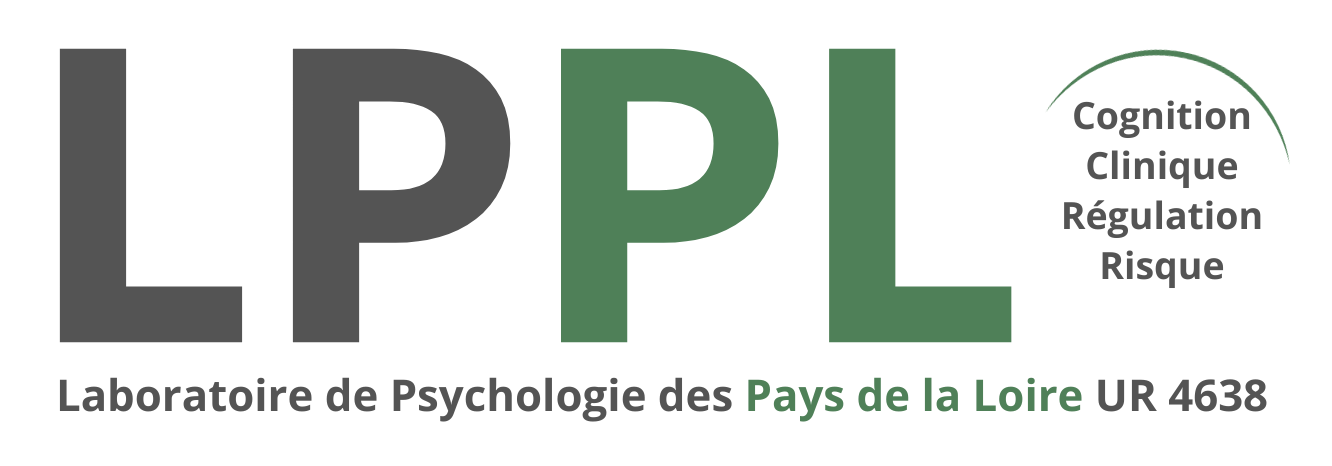https://lppl.univ-nantes.fr/medias/photo/image-seminaires-sieges-rouges-rectifiee_1637574109753-JPG
SOUTENANCE DE THÈSE DE DOCTORAT EN PSYCHOLOGIE EN CO-TUTELLE CONCERNANT :
Madame Mélanie MORENO-BARAHONA
sur le sujet suivant :
The influence of the learning environment (digital, physical and social) on the propensities for second language learning.
SOUS LA DIRECTION DE : Madame Ghozlane FLEURY-BAHI (directrice de thèse)
Composition du jury :
Madame Ghozlane FLEURY-BAHI, Professeure - Nantes Université, Directrice de thèse
Monsieur Oscar NAVARRO-CARRASCAL, Professeur - Université de Nîmes, Co-directeur de thèse
Madame Bianca Silvia FRAIJO SING, Professeure - Université de Sonora à Hermosillo (Mexique), Co-directrice de thèse
Madame Sabine PIRCHIO, Professeure - Université Sapienza de Rome (Italie), Rapporteur
Madame Sonia Beatriz ECHEVERRIA CASTRO, Professeure - Institut Technologique de Sonora (Mexique), Rapporteur
Monsieur Juan Ignacio ARAGONES, Professeur - Université Complutense de Madrid (Espagne), Autre membre
Madame Maria del Carmen AGUILAR LUZON, Professeur Associée - Université de Grenade (Espagne), Autre membre
Monsieur Cesar Octavio TAPIA FONLLEM, Professeur - Université de Sonora à Hermosillo (Mexique), Membre invité
Résumé :
A hypothesized model integrating relationships between Learning Environment and Propensities for Second Language Learning was tested using structural equation modeling. The analysis population for this study comprised a sample of 455 university-level language learners in Hermosillo, Sonora, Mexico. Participants responded to a virtual questionnaire consisting of a demographic section and six scales, measuring variables regarding their Virtual Learning Environment, Physical Learning Environment, Social Learning Environment, Language Learning Satisfaction, Beliefs about Language Learning and Willingness to Communicate in a Foreign Language. The results show a direct effect of learning environment (integrated only by its virtual and social spheres) on the propensities variable, implying that the perceived qualities of the learning environment successfully predicted propensities for second language learning. The model provides an adequate fit to the data (χ2 = 417.94 (123 df), p= .000; BBNFI = .95, BBNNFI = .95, CFI = .96; RMSEA=.07), indicating the potential to draw on individual differences and contextual variables to account for language learning related processes



